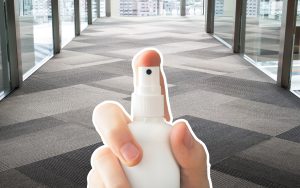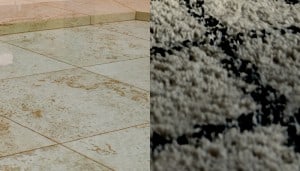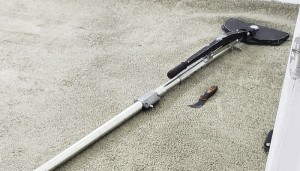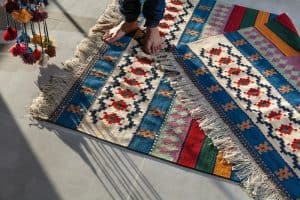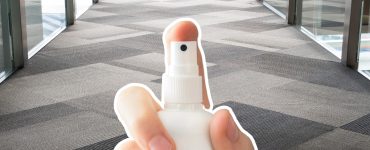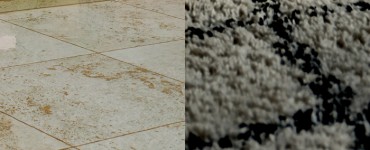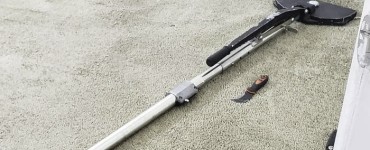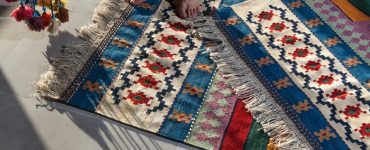Frieze carpets are a type of carpet that are made with a twisted pile. They have a textured surface that is created by having many small loops of yarn running throughout the carpet. Frieze carpets are often used in areas where high traffic is expected, such as near entrances or in areas where dirt and dust will not be as easily tracked.

History of Frieze Carpets
The first known Frieze carpet was produced in Persia in the 16th century. Carpets were brought to Europe during the Crusades and quickly became popular as floor coverings. The style of decoration on frieze carpets varied greatly from region to region, but common themes included plants, animals, and geometric designs.
Today, Frieze carpets are popular among collectors and are often used as flooring in upscale restaurants and hotels. These intricate patterns can be difficult to maintain, but their beautiful designs are sure to impress anyone who sees them.
Design of Frieze Carpets
Frieze carpets are a popular design choice for living rooms, bedrooms, and office spaces. They come in a variety of designs, including floral, geometric, and animal prints.
Some people prefer fleecy textures while others prefer the look of bold stripes or checkerboard patterns. Regardless of your preference, Frieze carpets are sure to add personality and style to any room.
Material of Frieze Carpets
Frieze carpets are typically made from wool, but can also be made from other materials like cotton or silk. They date back to antiquity, and are often used for flooring in religious or ceremonial buildings. While Frieze carpets are usually quite expensive, some similar designs made from other materials may be less expensive.
Pile on Frieze Carpet
Pile on a frieze carpet is created by twisting the yarns that are used to make the carpet. This unique and interesting method gives the pile a three-dimensional appearance. The pile on a frieze carpet is also very durable and can last for many years.
Price of Frieze Carpets
Many people are interested in Frieze carpets because they are unique and have a high price tag. Carpet prices vary depending on size, design, and location.
In general, larger carpets cost more than smaller ones, and carpets in popular locations (like the hallway or living room) generally cost more than those in less-traveled areas. Generally speaking, an 8×10-foot rug will cost around $1,000, while a 16×20-foot rug will run you about $3,000.
Is Frieze Carpet the Same as Shag?
Frieze carpet is a type of flooring that is made up of a series of small, square panels. It is similar to shag carpet, but Frieze has a smoother finish. Frieze carpets are often used in high-traffic areas, such as the entranceway or hallway. They are also popular for use in commercial spaces, such as restaurants or retail stores.
Both Frieze and shag carpet are made up of small, square panels. However, the finish on Frieze is much smoother than on shag. This makes Frieze a better choice for areas where you want a smooth appearance but still need some resistance against dirt and dust accumulation.
Another difference between Frieze and shag is that Frieze typically has a higher pile density than shag does.
Is Frieze Carpet Good for Bedrooms?
Some people believe that Frieze Carpet is not good for bedrooms because it makes the room look too small. Additionally, Frieze Carpet can be difficult to clean. If you are looking for a carpet that will look beautiful in your bedroom and be easy to maintain, then choose another type of carpet.
Is Frieze Carpet Good for Pets?
Frieze Carpet is a popular type of carpet for homes and businesses. Some pet owners swear by it, saying that it’s the best thing for their pets. Others say that Frieze Carpet is dangerous for dogs and cats.
The answer is that there’s no right or wrong answer, as each pet may have different preferences. Some dogs seem to love Frieze Carpet, while others find it too slippery.
Cats may not be as bothered by the fabric but may still prefer a softer surface. Ultimately, it’s up to the pet owner to decide what type of flooring works best for their pet.


